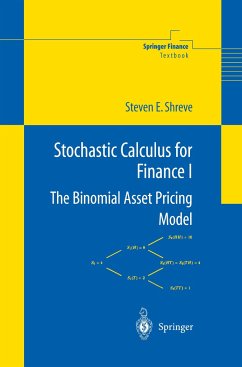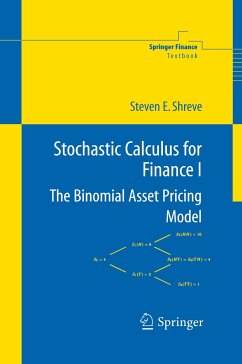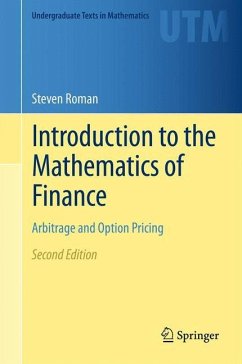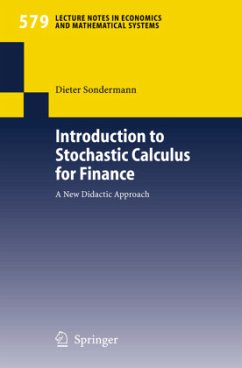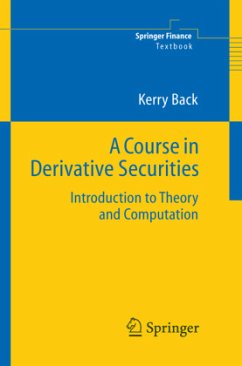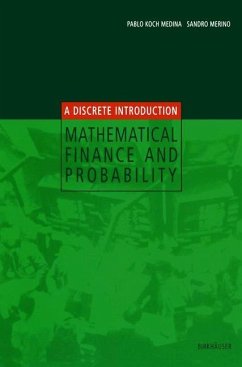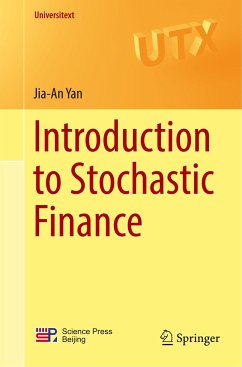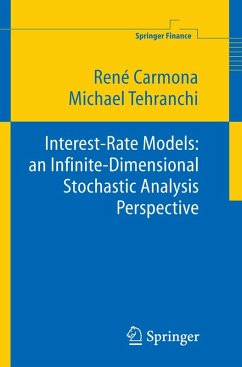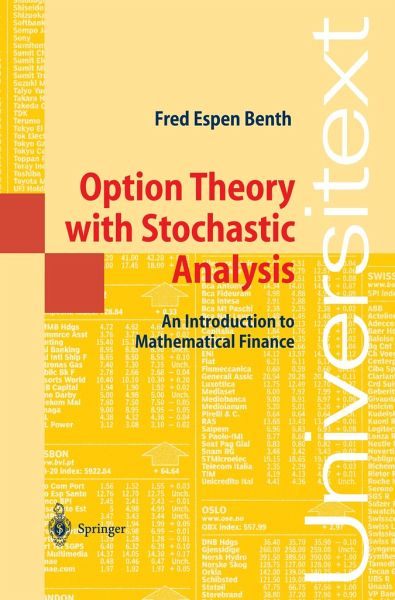
Option Theory with Stochastic Analysis
An Introduction to Mathematical Finance

PAYBACK Punkte
23 °P sammeln!
The objective of this textbook is to provide a very basic and accessible introduction to option pricing, invoking only a minimum of stochastic analysis. Although short, it covers the theory essential to the statistical modeling of stocks, pricing of derivatives (general contingent claims) with martingale theory, and computational finance including both finite-difference and Monte Carlo methods. The reader is led to an understanding of the assumptions inherent in the Black & Scholes theory, of the main idea behind deriving prices and hedges, and of the use of numerical methods to compute prices for exotic contracts.
The author's style is compact and to-the-point, requiring of the reader only basic mathematical skills. In contrast to many books addressed to an audience with greater mathematical experience, it can appeal not only to students entering the discipline, but also to many practitioners, e.g. in industry, looking for an introduction to this theory without too much detail.
The author's style is compact and to-the-point, requiring of the reader only basic mathematical skills. In contrast to many books addressed to an audience with greater mathematical experience, it can appeal not only to students entering the discipline, but also to many practitioners, e.g. in industry, looking for an introduction to this theory without too much detail.
Since 1972 and the appearance of the famous Black & Scholes option pric ing formula, derivatives have become an integrated part of everyday life in the financial industry. Options and derivatives are tools to control risk ex posure, and used in the strategies of investors speculating in markets like fixed-income, stocks, currencies, commodities and energy. A combination of mathematical and economical reasoning is used to find the price of a derivatives contract. This book gives an introduction to the theory of mathematical finance, which is the modern approach to analyse options and derivatives. Roughly speaking, we can divide mathematical fi nance into three main directions. In stochastic finance the purpose is to use economic theory with stochastic analysis to derive fair prices for options and derivatives. The results are based on stochastic modelling of financial as sets, which is the field of empirical finance. Numerical approaches for finding prices of options are studied in computational finance. All three directions are presented in this book. Algorithms and code for Visual Basic functions are included in the numerical chapter to inspire the reader to test out the theory in practice. The objective of the book is not to give a complete account of option theory, but rather relax the mathematical rigour to focus on the ideas and techniques.





